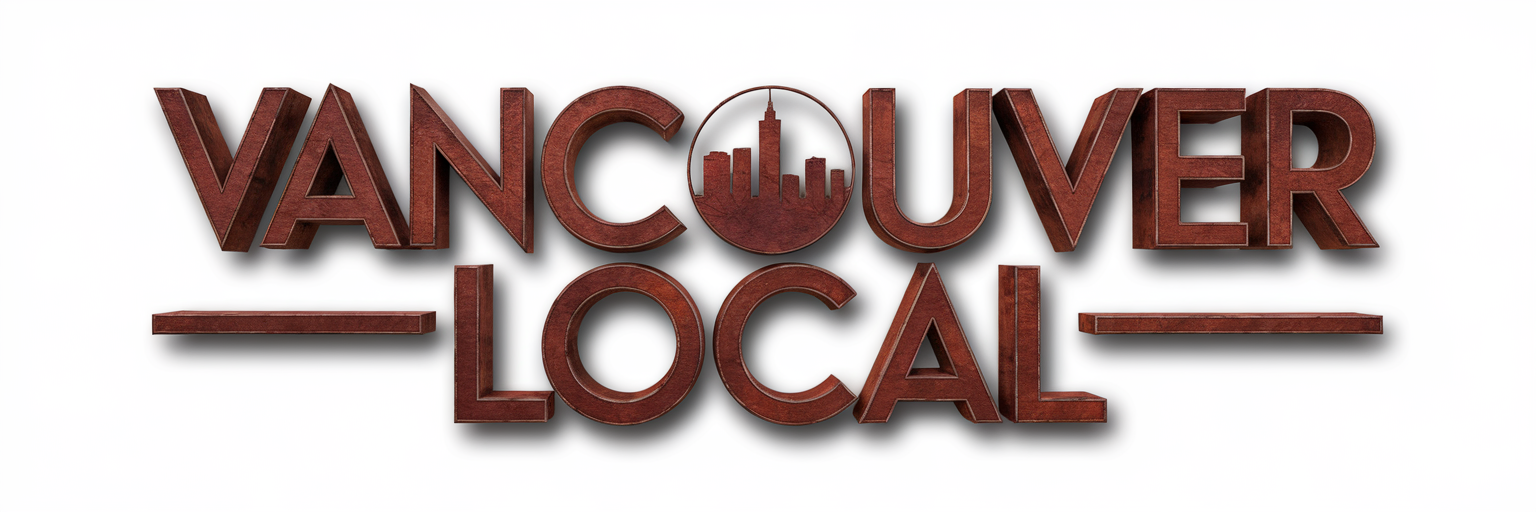
Buying a Riding Lawn Mower
For DIYers with large lawns but little patience for pushing a lawnmower, consider upgrading to a riding lawn mower. You’ve seen these. Instead of walking behind the lawnmower, the operator sits on top as the blades whirl in the cutting deck below.
Riding lawn mowers come in many sizes and styles, offering plenty of options to fit your budget and needs.
Types of riding lawn mowers
Riding lawn mowers fall into four types:
- Lawn tractors: The classic front-engine riding mower, controlled much like an automobile, with a steering wheel and a brake. Many models offer accessories like baggers and lawn sweepers.
- Rear-engine ride: These are lighter and more agile than lawn tractors. The engine, mounted in the back, clears the operator’s line of sight and allows for tighter turns and precise cut lines. Like lawn tractors, rear-engine riders employ a standard steering wheel and brake pedal.
- Zero-turn radius mowers: Instead of a steering wheel, these mowers feature a pair of levers called “lap bars” that let the two drive wheels turn at different rates for exceptionally precise turning and cutting. If you need to cut along an arcing flower bed, a zero-turn mower may be for you.
- Garden tractor: The line between lawn tractors and garden tractors can be fuzzy. But garden tractors often have more power, better stability and optional attachments for everything from tilling to snow plowing. They also cost more than other riding mowers.
What to consider when shopping for a riding mower
To find the right model for you, look at these factors:
- Attachments: Many DIYers find baggers and mulchers particularly helpful to clear grass clippings and waste material. Be sure the model you choose accepts attachments.
- Terrain: Each type of mower suits specific types of lawns. Zero-turn mowers navigate tight spaces, but their speed really shines on large, flat lawns. Rugged, uneven terrain demands a garden tractor, while small lawns or lawns with lots of curves and corners will do well with a rear-engine rider. A lawn tractor works for the average lawn.
- Comfort: Look for a high-back seat to provide lower back support, as well as vibration reduction to absorb the bumps and shakes of the job.
- Engine: Consider the power source — generally gas, though some cordless riders are available — as well as horsepower (hp).
- Cutting deck size. This determines the mower’s cutting swath. A large deck cuts a lawn in fewer passes, but a narrow deck makes maneuvering through tight spaces easier. Don’t make the mistake of buying a mower with a deck too large to pass through your gate!
- Maintenance. All gas-powered riding mowers require maintenance, but some make it easier than others. Look for easily-accessible oil filters and spark plugs. You’ll need to clear out grass clippings to prevent clogs. A cutting deck with a garden hose attachment saves time by letting you blast the deck and blades with water to free clippings.
- Noise. Most manufacturers don’t make the noise levels of their mowers easy to find. Gas mowers are particularly loud, requiring hearing protection. To avoid excessive noise, consider an electric riding mower. They aren’t silent, but they’re far quieter than even the least noisy gas mowers.
- Cost. The price depends on brand and features. A good starting budget is $2,000. The mowers on this list run between $1,300 and $4,200.
https://cats-cleaning-service-in-kentucky.business.site/?m=true
Cat's Cleaning Service 2400 Stannye Court Louisville, KY 40222 Call Us Today @ 270-823-3148 We clean a residence from the top to bottom, utilizing crevice tools and others to get in the nooks and crannies to get it Cat Clean!!!! #CleaningService #Cat'sCleaning #LouisvilleKY
https://sites.google.com/fuseologycreative.com/fuseology-creative-clients/home







